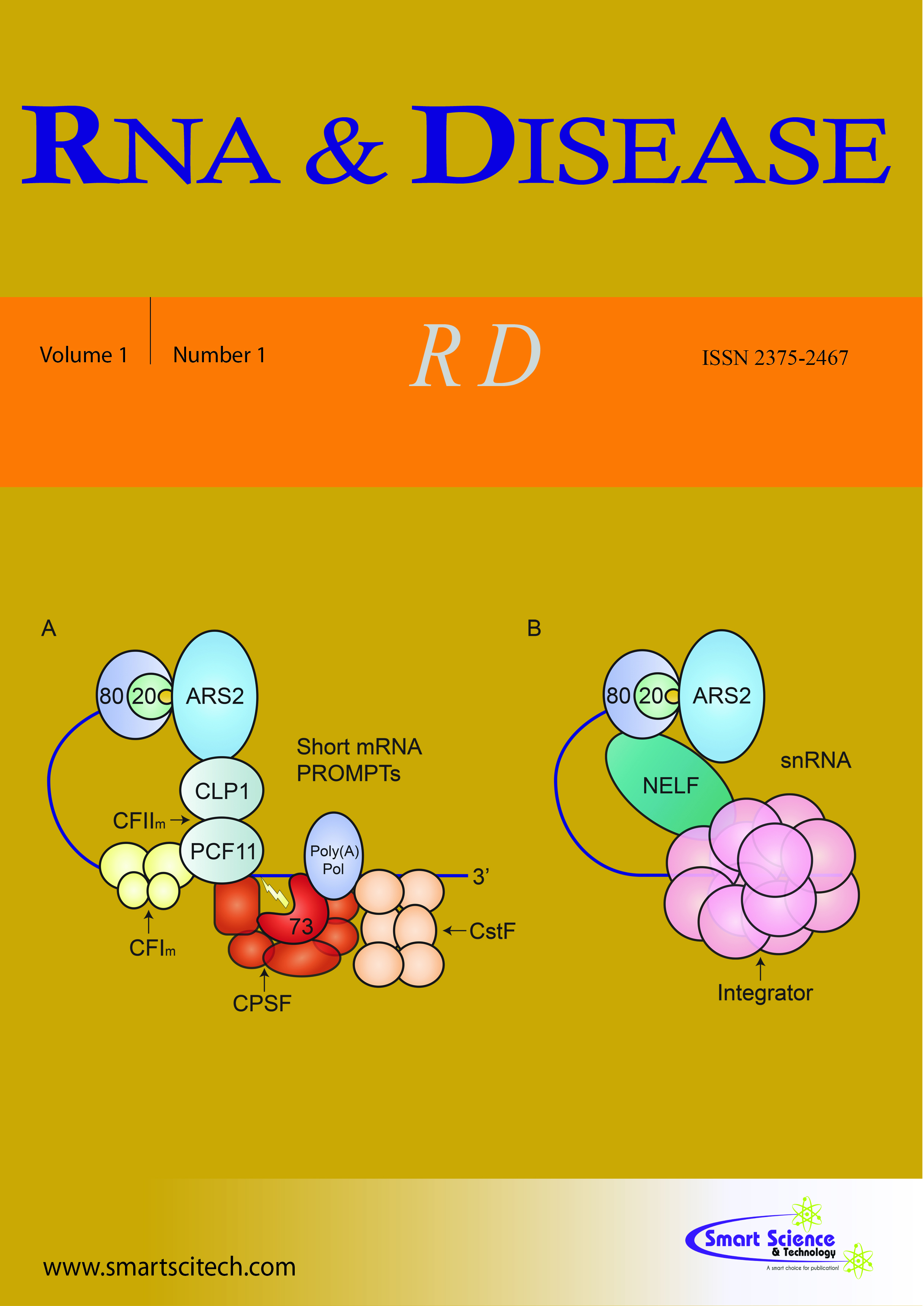Small RNA regulation of neural gene expression in response to environmental exposure associated with neuropsychiatric syndromes
DOI: 10.14800/rd.1382
Abstract
Postmortem molecular analysis of the human brain during development and aging suggests there are epigenetic changes reflecting early life experiences. This includes changes in the expression of non-coding RNAs such as microRNA. These molecules alter the regulation of gene expression and can interact with underlying genetic risk factors, contributing to neurological and neuropsychiatric syndromes such as schizophrenia. Recent evidence suggests that these dynamic and influential molecules play an important role in both brain development and the cellular response to stress. In our recent studies, we investigate the role of microRNA in the brains’ response to maternal immune activation and adolescent cannabinoid exposure, alone and in combination, as both have been identified as environmental risk factors for this disorder. We found that combined exposure to significantly altered microRNA expression in the left hemisphere of the entorhinal cortex as compared to the right. These changes were dominated by a large subgroup of microRNA transcribed from a single imprinted locus on chromosome 6q32 that is associated with schizophrenia. These changes correlated with altered gene expression in the combined treatment group, with microRNA-gene interactions predicted to regulate neuronal growth and differentiation; development of specific cortical layers; synaptic plasticity and transmission; axonogenesis; gamma-aminobutyric acid neurotransmitter system; and learning and memory formation. These findings suggested that the interaction of both an early and late environmental insult enhances changes in offspring microRNA expression in the brain with possible outcomes relevant to neurological disorders in adulthood.












